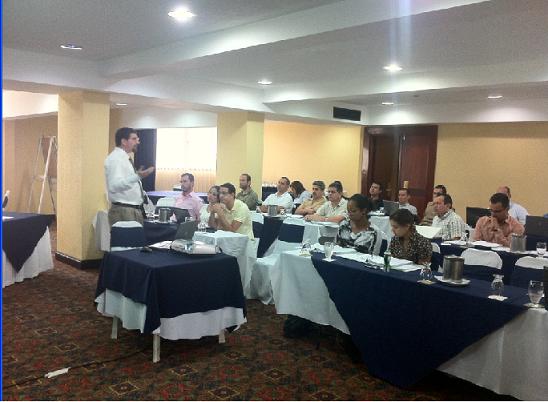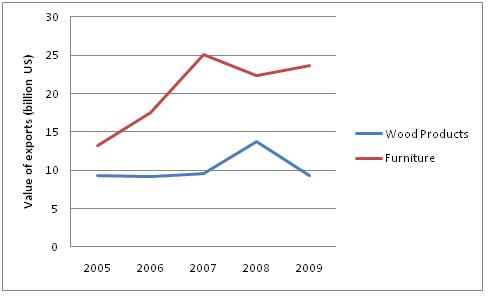
Increasing demand for drinkable water and proper sewer systems are the main drivers for utilities companies to look for different approaches to better manage their organizations. A better management of the organization’s assets could lead to an increase in customer satisfaction levels and also to an increase in productivity. In recent times public managed companies have realized the value of continuous improvement (CI) methodologies such as six sigma or lean management because of their positive impact and connection with the organization’s strategic goals. CI methodologies help organizations to achieve significant levels of success by performing small incremental changes in their processes, products, or organizational structures. These small changes are in most cases preferred because they slowly permeate into the organization’s culture and structure and avoid radical changes and potential high risk.
Continue reading “Applying Business Process Management to a Public Water Management Company”




